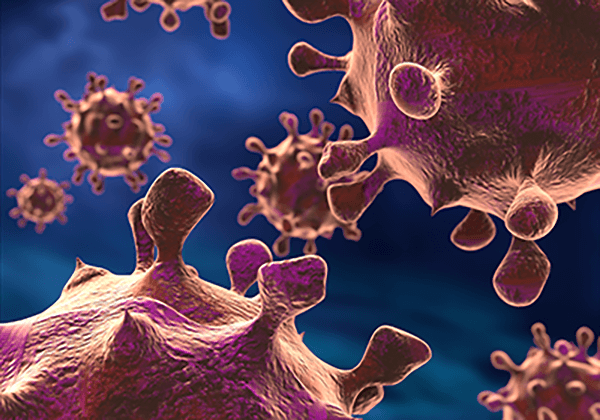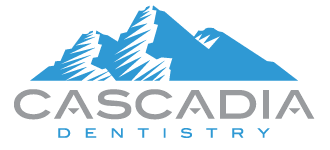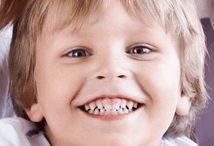
Bad breath or what is known clinically as halitosis, can be embarrassing. For most of us it is pretty infrequent occurrence but for others they suffer from this condition chronically. So, what causes this phenomenon and what can be done about it?
Although short term bad breath may be due to whatever you just ate, think garlic and onions, longer term bad breath is a bit harder to deal with. If you just had something stinky to eat, the best way to deal with that is to try and get rid of the remaining food odor either rinsing with water and/or chewing sugar free gum to trigger your salivary flow to help rinse and cleanse your mouth.
If you suffer from chronic bad breath it is more likely due to the presence of bacteria that release noxious odors that are hiding in the many nooks and crannies of your mouth. There are a couple obvious places that bacteria like to hide in your mouth. If you can manage to disrupt these colonies of bacteria, your bad breath should subside.
The most obvious place bacteria like to hide is your teeth. If you have a lot of buildup on your teeth, this buildup is comprised of colonies upon colonies of bacteria. We recommend visits (for most of you) of every six months to see our hygiene team to help in removing this buildup as it’s impossible to remove tartar with an ordinary toothbrush. Another location on your teeth that is commonly forgotten, is between your teeth. Correct and regular flossing and/or waterpiking can help disrupt these colonies of bacteria to help keep their numbers low.
Other areas that are often underestimated are your taste buds on your tongue. If you have a condition known as “hairy tongue”, “fissured tongue”, etc, your anatomy may be trapping bacteria making it harder to clean your tongue. If you are not brushing your tongue already, try that. If you have tried this already, take a look at your local drug store or online for a “tongue scraper” – these can work wonderfully.
Bad breath can be a pretty significant sign of a larger underlying dental condition known as periodontal disease. Periodontal disease is a chronic and non-painful condition that leads to the destruction of the bone around your teeth and can lead to eventual tooth loss if left untreated. Similarly to bacteria hiding between your teeth, periodontal disease leads to the loss of bone around your teeth creating new areas, below your gum line, where bacteria will fester.
If you have not been in to visit us recently and would like a dental exam to address this and any other dental conditions you may have, please feel free to call us at (360) 629-7229.

 Occasionally, patients will ask for guidance with the use of fluoride as it relates to their dental care. I understand their concerns as there can be some misinformation about its risks. I have talked about the many benefits of fluoride use before and continue to remain a firm advocate of its responsible use based upon the extensive research conducted on this naturally-occurring compound. Per the American Dental Association (A
Occasionally, patients will ask for guidance with the use of fluoride as it relates to their dental care. I understand their concerns as there can be some misinformation about its risks. I have talked about the many benefits of fluoride use before and continue to remain a firm advocate of its responsible use based upon the extensive research conducted on this naturally-occurring compound. Per the American Dental Association (A

 If you’re a nerd about teeth like I am, you may be excited about a new FDA-approved product, silver diamine fluoride, that we recently made available at Cascadia Dentistry. The compound, when applied appropriately, works to arrest existing cavities. Because of its ability to stop decay (after multiple applications), it is a great alternative for treating some types of tooth decay that were previously untreatable or were difficult and sometimes traumatic to treat.
If you’re a nerd about teeth like I am, you may be excited about a new FDA-approved product, silver diamine fluoride, that we recently made available at Cascadia Dentistry. The compound, when applied appropriately, works to arrest existing cavities. Because of its ability to stop decay (after multiple applications), it is a great alternative for treating some types of tooth decay that were previously untreatable or were difficult and sometimes traumatic to treat.